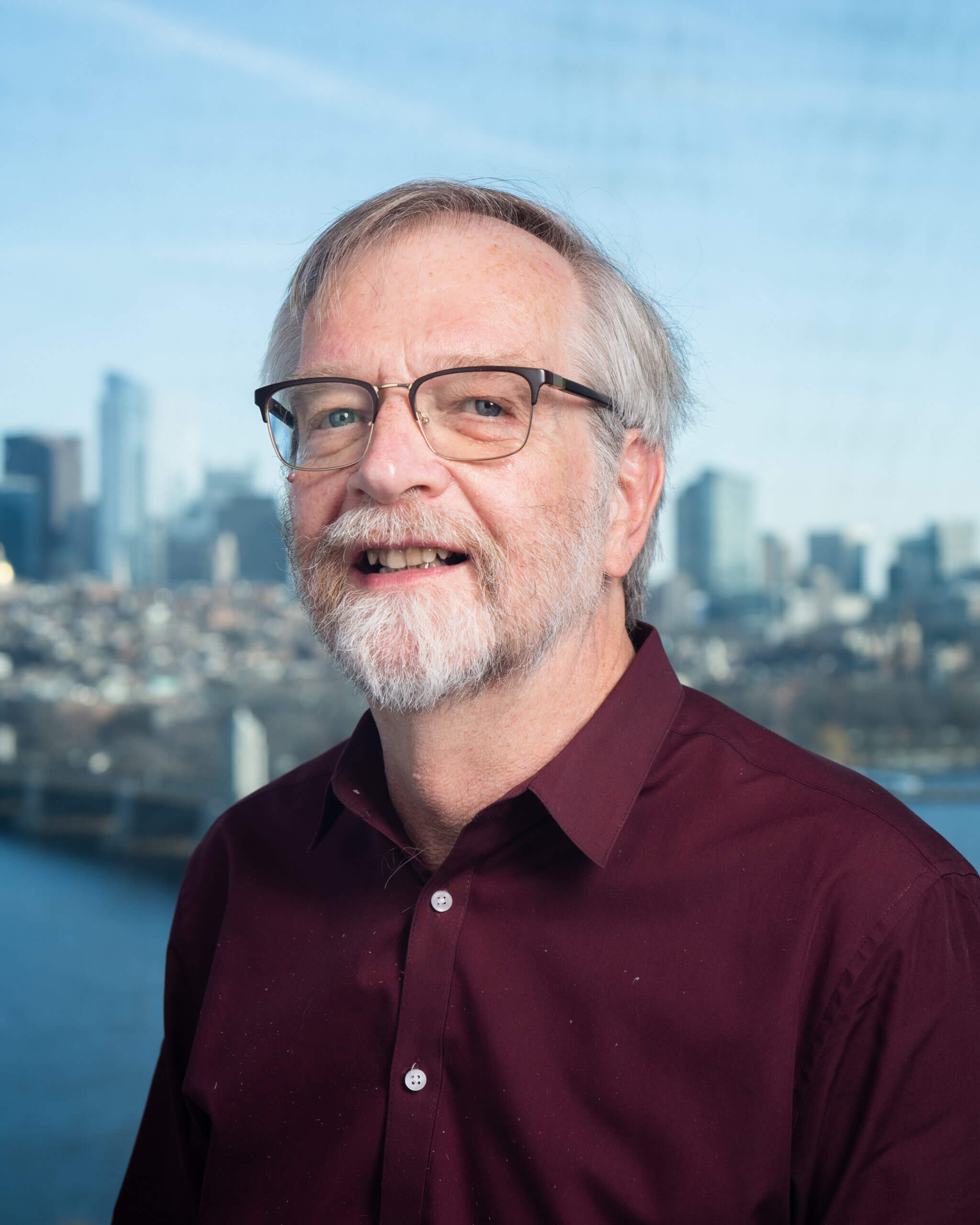Senior Investigator
Dr. Trackman joined the Forsyth Institute from Boston University Henry M. Goldman School of Dental Medicine, where he was a faculty member since 1992 and where he served as the Director of Oral Biology Graduate Programs. He is best known for his work in the understanding of the biosynthesis and functions of the lysyl oxidase family of proteins. Lysyl oxidases consist of a family of proteins derived from 5 related genes, which produce multifunctional proteins important in connective tissue biosynthesis.
A current area of interest is in mechanisms of diabetic bone disease, in which he has recently provided evidence for dysregulation of osteoblast lysyl oxidase by gastric hormones to be a determining mechanism in this pathology. Diabetic bone disease results in direct complications to bone maintenance and healing, and among other problems, creates obstacles to desired clinical outcomes for patients undergoing periodontal and other dental procedures.
Dr. Trackman has also contributed to the understanding of important roles for lysyl oxidases in oral, breast, and prostate cancers. Dr. Trackman became interested in cancer research in 1990 after cloning the first known form of lysyl oxidase for the very first time when he served as a junior faculty member at Boston University School of Medicine, Department of Biochemistry. This enzyme family has tumor inhibitory properties, and also paradoxically independently enhances tissue fibrosis and metastasis. The lysyl oxidase propeptide was thought to be a byproduct with no important function of its own was shown by Dr. Trackman’s lab in 2004 to be responsible for the tumor growth inhibitory properties of lysyl oxidase. His lab has confirmed this in animal models of both breast and prostate cancer. In addition, molecular mechanisms by which the observed high levels of lysyl oxidase like-2 promotes oral cancer and metastasis was recently uncovered by his lab.
He has collaborated extensively with Dr. Alpdogan Kantarci on important aspects of drug-induced gingival overgrowth in which unique aspects of oral connective tissue and epithelial cells were identified and are likely to contribute to the unique oral tissue specificity of this clinical condition. This work additionally resulted in identifying potential therapeutic opportunities to address fibrotic forms of gingival overgrowth.
In addition to his scientific pursuits, Dr. Trackman enjoys music, biking, and adventures in Maine with his wife and their two dogs.

